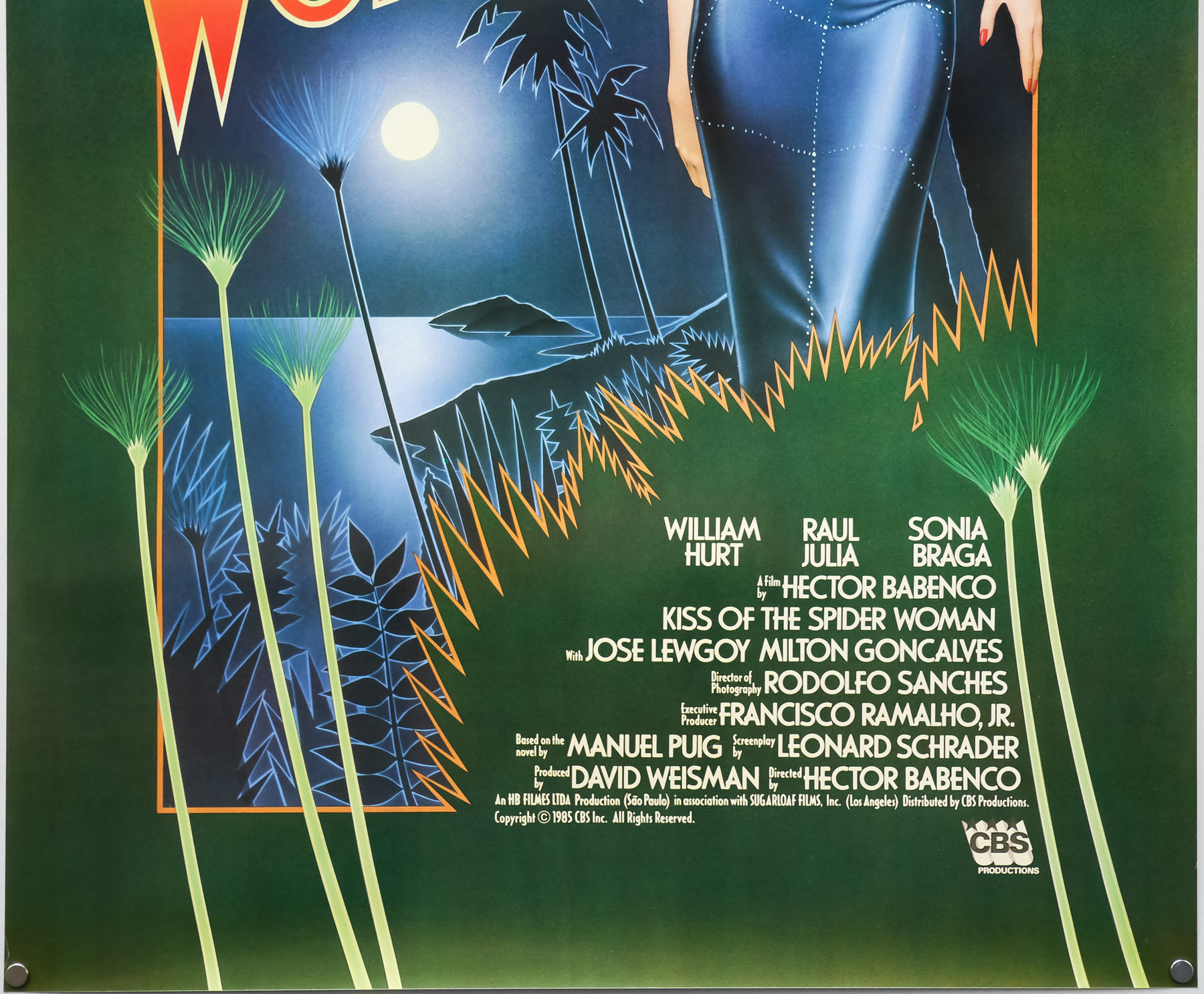

While Luis revels in the mystique of old Hollywood, remarking that he always wanted to play the heroine, Valentin likens the whole experience to "jerking off" and remarks that "you wouldn't know reality if it stuck a spike up your ass!" There is a contrast between Luis' love of old movies and fantasy with the iron will of Valentin, who regards films as bourgeois and a distraction from the concrete goals of his revolutionary beliefs. Kiss of the Spider Woman's main theme is the conflict between escapism and reality, and to what extent the former can help us understand or tolerate the latter. But Babenco tells us a lot by showing us relatively little, just he would later do on Ironweed. If William Hurt was just a little more camp, or Raul Julia just' a little more fiery, then it would feel stagey. It is testament to Babenco's skill as a director that he is able to have two often outrageous characters sharing the screen without things ever going over-the-top. Manuel Puig's novel, which later became a play and a Broadway musical, is an often uneasy blend of realism and melodrama which would lend a somewhat histrionic quality to any film version. The pale matt colours, stained walls and rain backlit with blue light reinforced the degraded nature of the characters, achieving a similar effect that Alan Parker managed on Birdy or Angel Heart.īecause the film has very few locations or changes in scenery, there is a danger that things could quickly become stagey, something which is reinforced by the source material. Hector Babenco shoots Luis and Valentin's living quarters from every possible angle to make us feel hemmed in, and his cinematographer Rodolfo Sanchez completes the effect with poetic, bittersweet lighting. Most of the action takes place within the four walls of a prison cell, with only occasional cutaways to the prison corridors or the outside world. Nine years before The Shawshank Redemption set the bar very high, Kiss of the Spider Woman was plumbing the same territory.Īlthough it is at the more fanciful end of the spectrum, Kiss of the Spider Woman deserves initial credit for the amount of claustrophobic tension it manages to generate. But there are several examples of prison dramas which have blended the harsh realities of life behind bars with elements of the fantastical or spiritual, to create something a lot more uplifting. We tend to think of prison dramas as grimly realistic affairs, as typified by Cool Hand Luke, Midnight Express and Escape from Alcatraz.


 0 kommentar(er)
0 kommentar(er)
